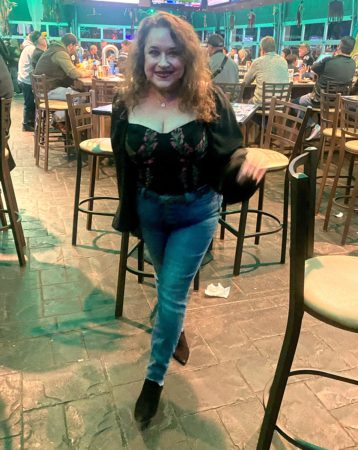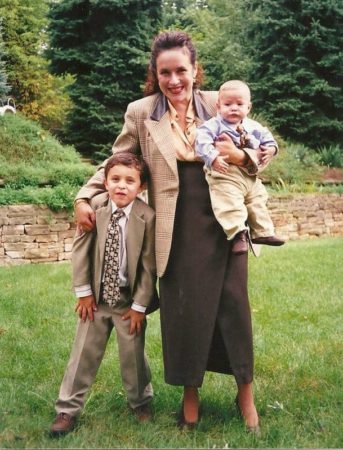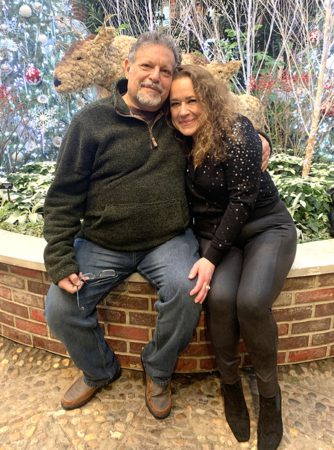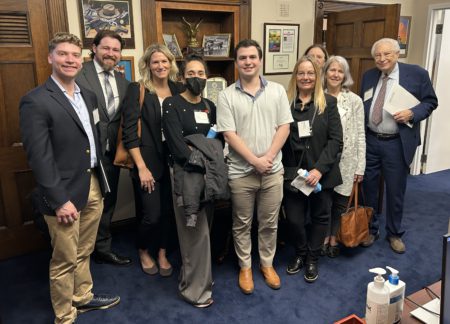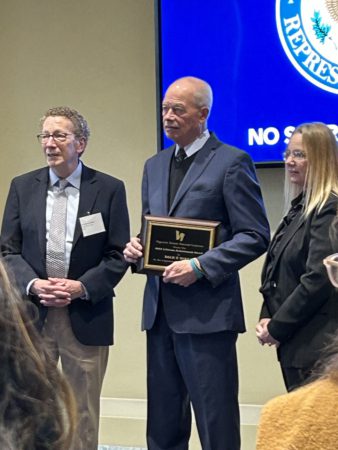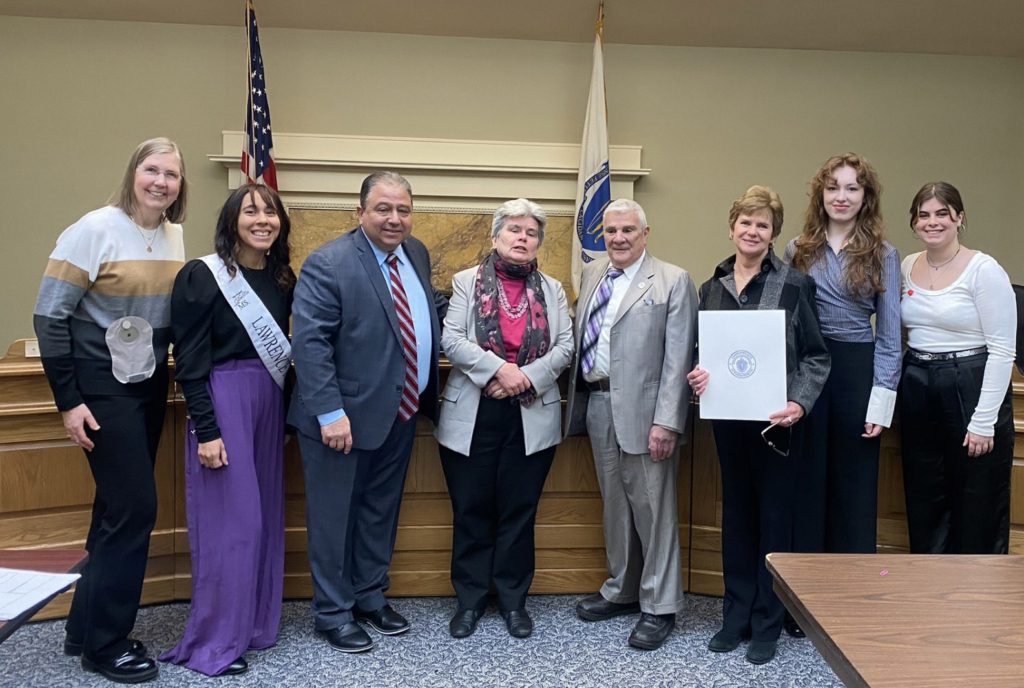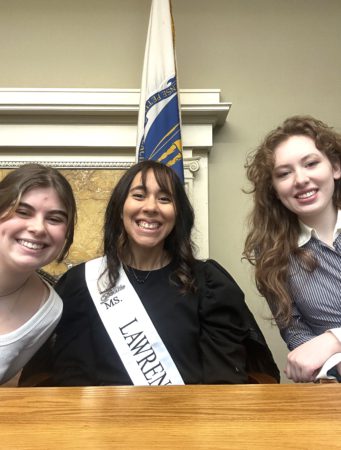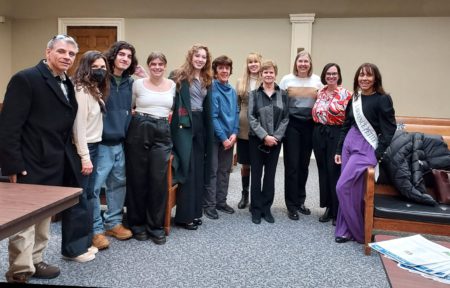10 Years of the Run for Resilience Ostomy 5k
By Ed Pfueller, UOAA Communications and Outreach Manager
When people without ostomies pay to put on a pouch, fill it with applesauce, and then run a 5k- you know you are onto something. It was 2014 in Durham, North Carolina, and what started a few years prior as the ‘Wanna Wear One’ challenge for medical professionals to learn empathy for ostomy patients had now evolved into a community-wide ostomy awareness event.
The idea for an Ostomy 5k started after Lara DuPree, a WOC nurse at the University of North Carolina, discovered that there was not a 5k for the patients she was most passionate about. She reached out to friend Angela Richardson, a WOC Nurse at Duke, to help change that.
“I was like, I don’t know anything about that, but okay!” Richardson recalls. Richardson had seen her grandmother and patients initially wish for death over an ostomy and knew more needed to be done to educate against stigmas.
DuPree reached out to United Ostomy Associations of America (UOAA) and found that though they were not experienced in such events they were willing to help build enthusiasm. The event was a perfect celebration of Ostomy Awareness Day recognized nationwide every October.
The event soon had a location on a scenic greenway in Durham, but still needed funding. The duo reached out to their ostomy manufacturer contacts and also hit the streets asking local businesses, like run shops, many of whom did not know what an ostomy was. “Each person we talked to was another opportunity to raise ostomy awareness,” Richardson recalls. They also got in-kind donation items for a silent auction that raised over $1,000.
Medical units of their respective hospitals also fundraised and challenged each other for the coveted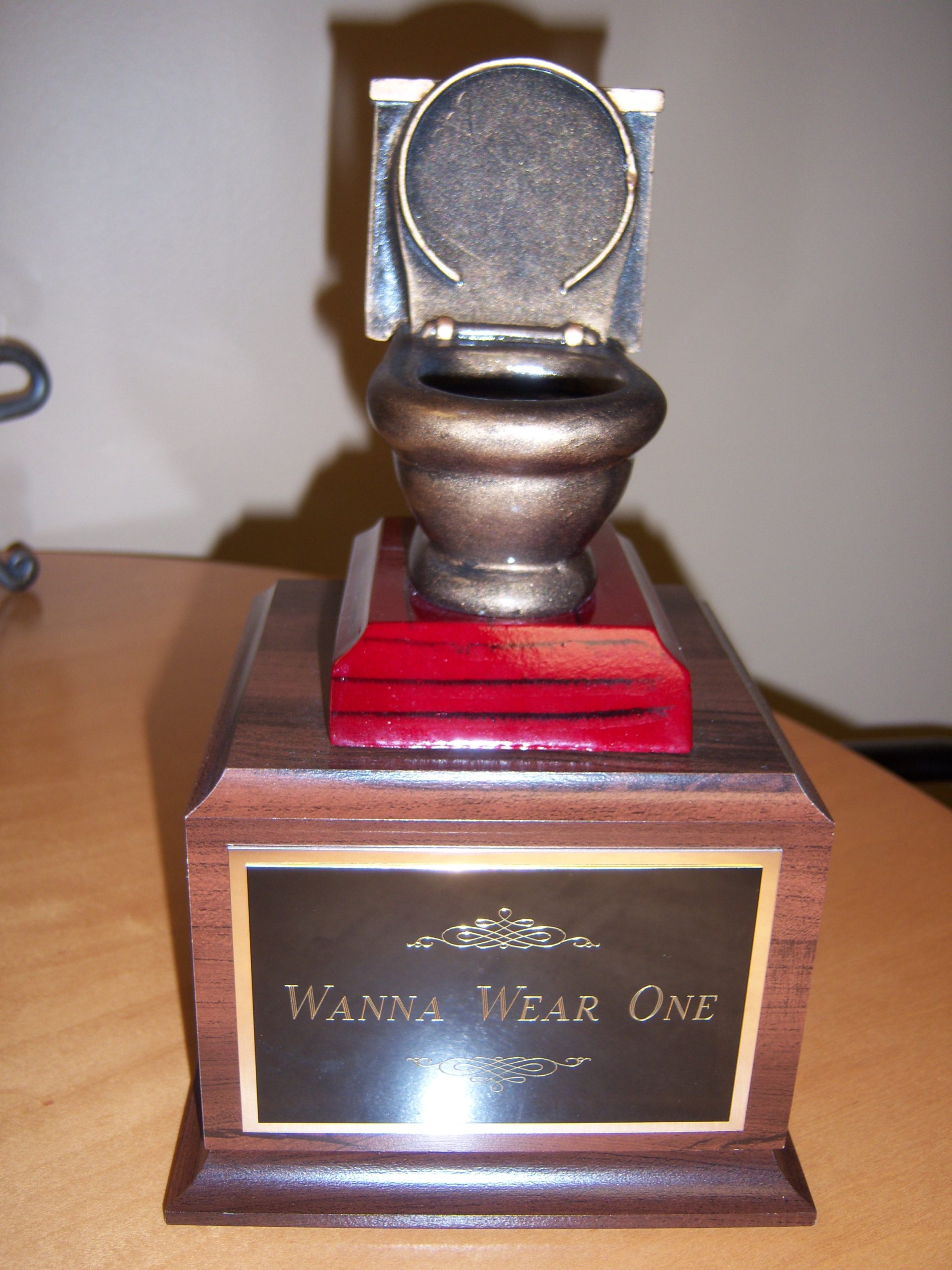 “golden toilet trophy” engraved like The Stanley Cup! “It was a fun way to get people involved, a good conversation piece for anyone walking by the nursing station,” DuPree says.
“golden toilet trophy” engraved like The Stanley Cup! “It was a fun way to get people involved, a good conversation piece for anyone walking by the nursing station,” DuPree says.
A kids’ fun run and activities like face decorating, also make it a great family-friendly event. The organizer’s children grew up around the event and are now vocal and dedicated ostomy advocvates.
One ostomate runner that first year has since had a lasting legacy with the race, Sandi McBride.
McBride found “a ray of hope” in her fellow ostomates who completed the 5k alongside her. Sadly, McBride passed away four months later from Crohn’s disease complications. “The Ostomy 5k refueled her spirit and determination and she knew her ileostomy didn’t define her,” her daughter Keyla reported.
In her honor, the McBride Scholarship was created with a portion of the money raised each year. This gift enables a local person in need to attend a UOAA National Conference. “She was such a positive and inspiring person and had a big team of family and friends that came to support her that year and returned for several years after she passed,” DuPree says.
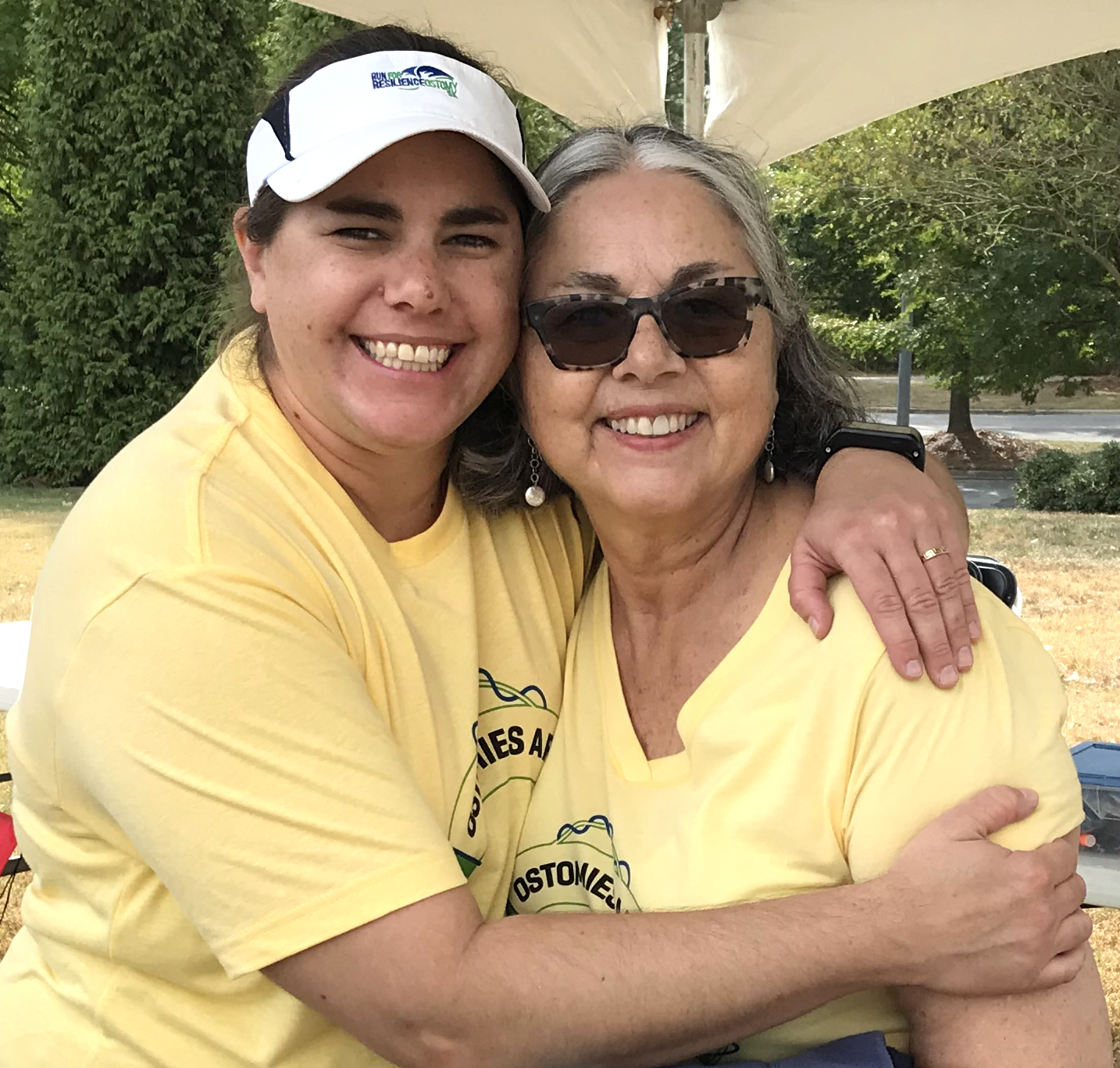
Lara DuPree and her mother Dani Osewalt.
After the success of the first year, the pair were excited to get the word out even more and found lots of enthusiasm at UOAA’s 2015 National Conference in St. Louis. “We wore our t-shirts all around and passed out pins to everyone who was interested,” Richardson recalls.
In the weeks leading up to the 2015 Durham race the importance of supporting the ostomy community became even more personal for DuPree, as her mother, Dani Osewalt, had ileostomy surgery after a return of colon cancer. DuPree balanced caring for her mother with organizing the race. Her mom was discharged on the day of the event, Ostomy Awareness Day. “It has to be symbolic of something,” DuPree thinks.
Osewalt is the 5k’s unofficial cheerleader, and the top fundraiser for the cause every year. “I am beyond proud of the dedication Lara has for the Ostomy community that I am a part of. She inspires me, educates me and supports me as an ostomate and as her mother!” Osewalt says.
A Legacy Across the U.S.
In 2016, UOAA Executive Director Jay Pacitti worked to increase sponsorships and expand the event nationwide. “We had folks from all over the U.S. ask about starting an event. It was great to see people so passionate and willing to do what it takes to spread awareness through a 5k.” Pacitti remembers.
The event was also renamed the Run for Resilience Ostomy 5k. “We felt that the resilience just spoke towards persons living with an ostomy, rising above challenges and continuing to persevere through whatever it takes,” Richardson says.
2024 marks the 8th anniversary of the Birmingham, Alabama and Boise, Idaho Ostomy 5ks. This year events are also taking place in Arkansas, Ohio, Pennsylvania, Illinois, and Tennessee.
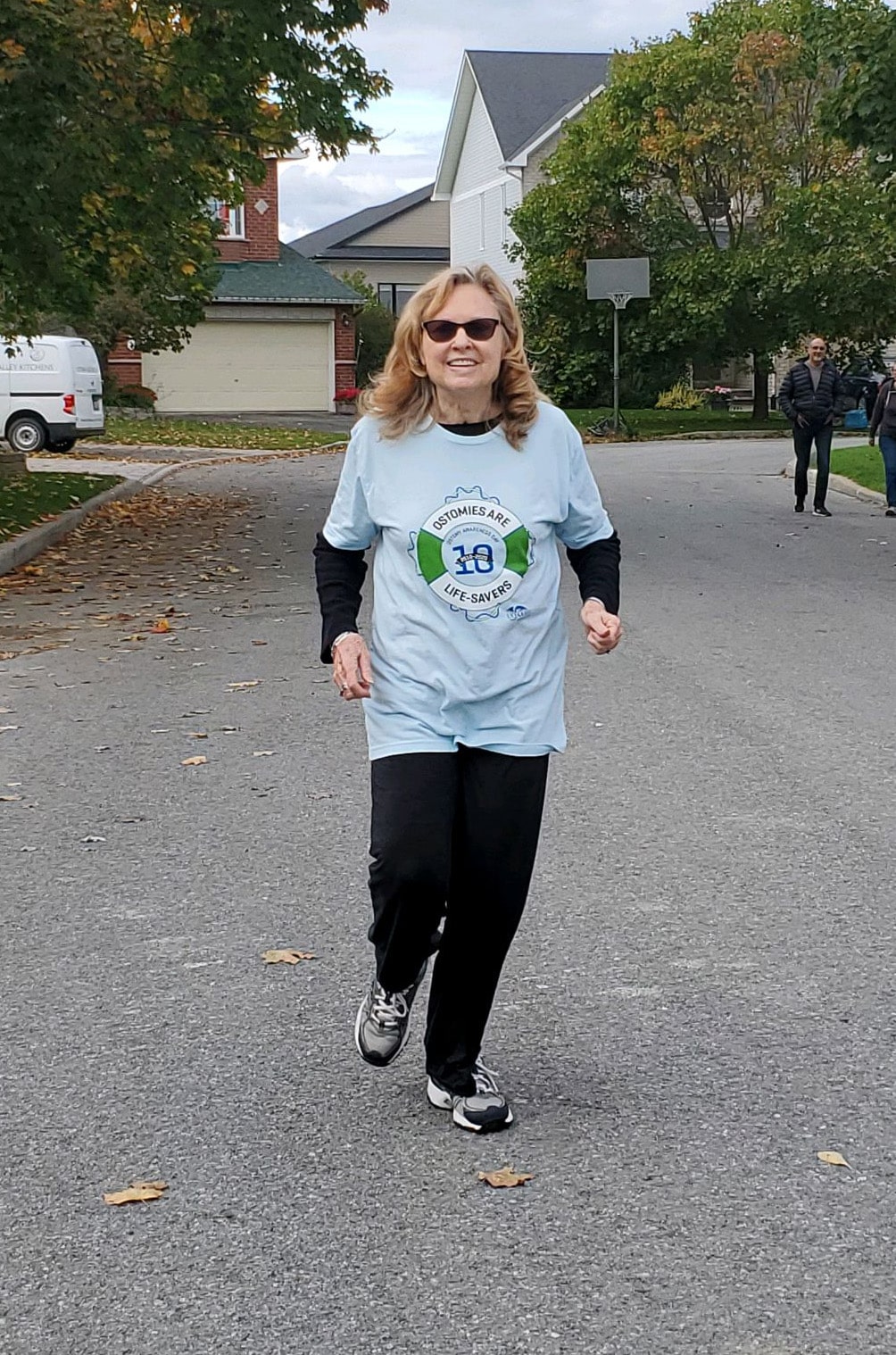
Millie Parker and her extended family participate in person or virtually each year.
Before the pandemic sidelined live events in 2020, UOAA volunteer Millie Parker usually flew to North Carolina with three generations of family members for the 5k. The Worldwide Virtual Ostomy 5k, now also in its 10th year, has allowed her to continue the tradition. “Now wherever we are, all 19 of us wear our Ostomy Awareness Day shirts each year to run, walk, bike, swim or kayak to celebrate my new lease on life,” Parker says.
Nationwide the Run for Resilience Ostomy 5k is the biggest fundraiser in support of UOAA’s programs and services. Since 2014 about 1,300 people have participated in the North Carolina event alone and it has earned almost $109,500. Nationally almost $494,000 has been raised in support of UOAA’s mission.
“The impact organizers Lara, Angela and now Jessica have made to the ostomy community and to UOAA over the past 10 years is absolutely amazing,” says UOAA executive Director Christine Ryan.
“It has been beautiful to see the ostomy awareness and communities that have blossomed around the Run for Resilience Ostomy 5k events all across the country,” says UOAA President Cheryl Ory.
Back in North Carolina, an impending Hurricane canceled the 5k portion of the event in 2022 but the popular silent auction was still a success. In 2023, despite pouring rain, smiles shined on the faces of participants crossing the finish line as a DJ welcomed them each in. Sponsors shared details of their ostomy products at their table displays and the Triangle Ostomy Support Group shared their local support resources.
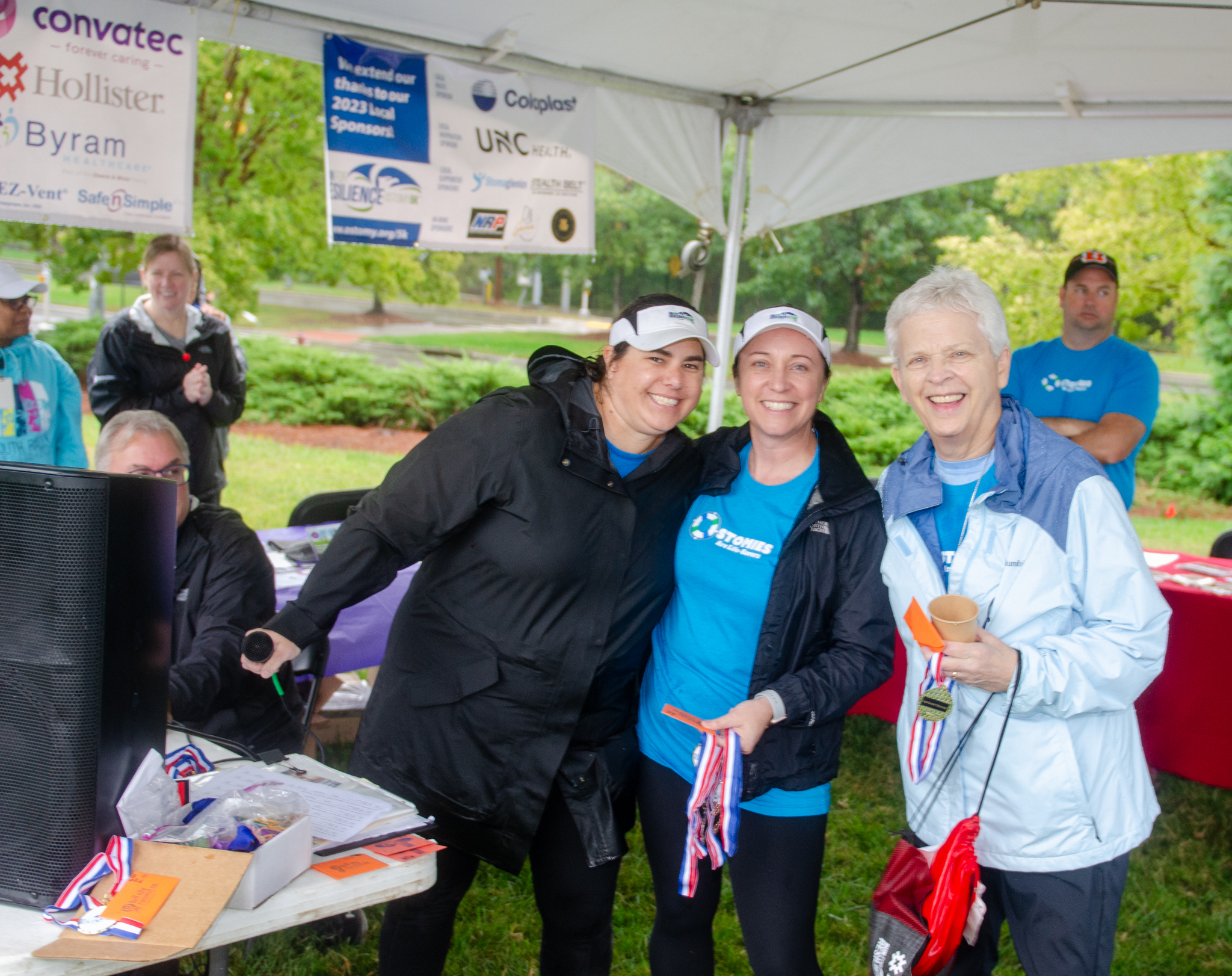
Run for Resilience Ostomy 5k founders Lara DuPree, left, and Angela Richardson, center, had out a medal for the top female ostomate finisher at the 2023 event in Durham, North Carolina.
On Saturday, October 5, 2024 Lara, Angela and newest co-race director, Jessica Blakeslee, and their dedicated friends and volunteers are looking forward to celebrating 10 years of raising ostomy awareness at the Durham, North Carolina Ostomy 5k.
They look forward to encouraging ostomates to meet and celebrate their resilience. One of their favorite memories is when a supporter from Nebraska flew to North Carolina for the event. “She said, I’ve had my ostomy for 10 years, and I’ve never met somebody else with an ostomy, this is the first time. And she just started crying. She felt seen, it was amazing,” DuPree remembers.
They know ostomy awareness and education still has a long way to go and want their community to know that there is nothing a person with an ostomy can’t do.
Fittingly (despite the serious runners the timed race often attracts) the course record is still held by an ostomate– Collin Jarvis.
UOAA wishes to thank all the volunteers and local and national sponsors that have made the Run for Resilience Ostomy 5k possible! Visit ostomy.org/5k to support the cause!




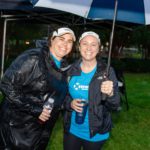
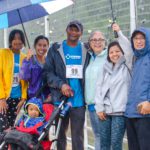


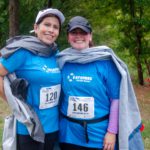
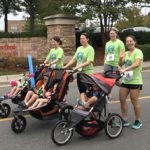
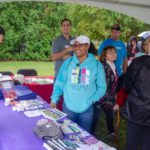

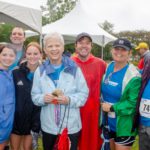
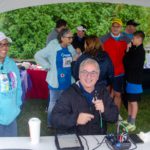

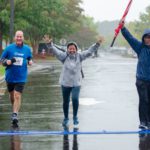




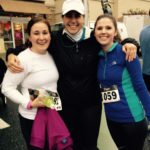
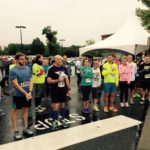
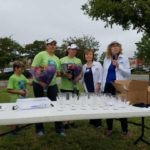
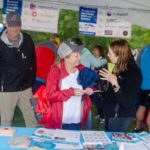
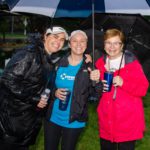
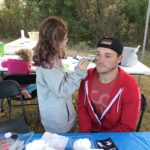

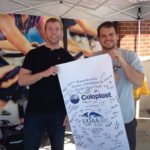

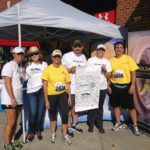
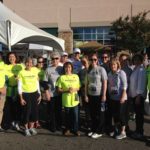
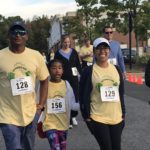

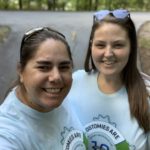
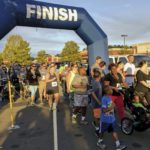
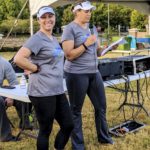

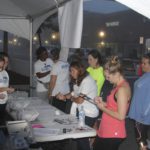
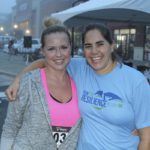



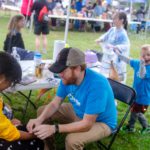
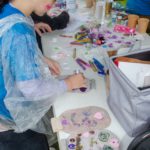
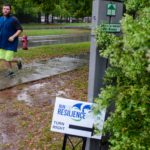


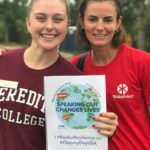


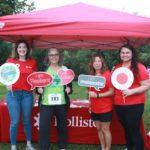



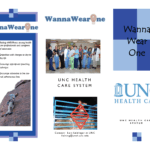



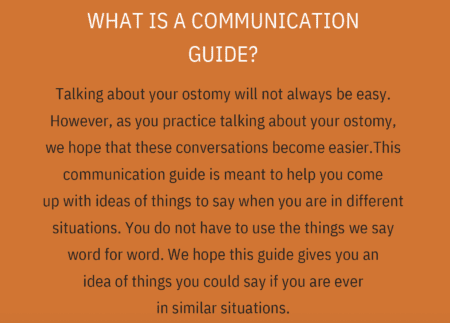 experts, and health communication experts. This guide is freely available
experts, and health communication experts. This guide is freely available 

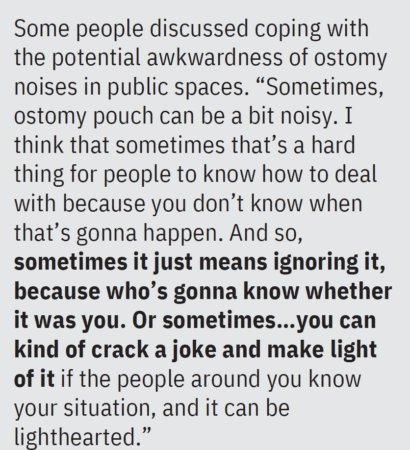 people to remember that no one knows that the noises came from the ostomy. It is ok to say nothing (low disclosure). It is also ok to say: “Excuse me, I have an ostomy pouch and sometimes it makes noises” (medium disclosure).
people to remember that no one knows that the noises came from the ostomy. It is ok to say nothing (low disclosure). It is also ok to say: “Excuse me, I have an ostomy pouch and sometimes it makes noises” (medium disclosure).